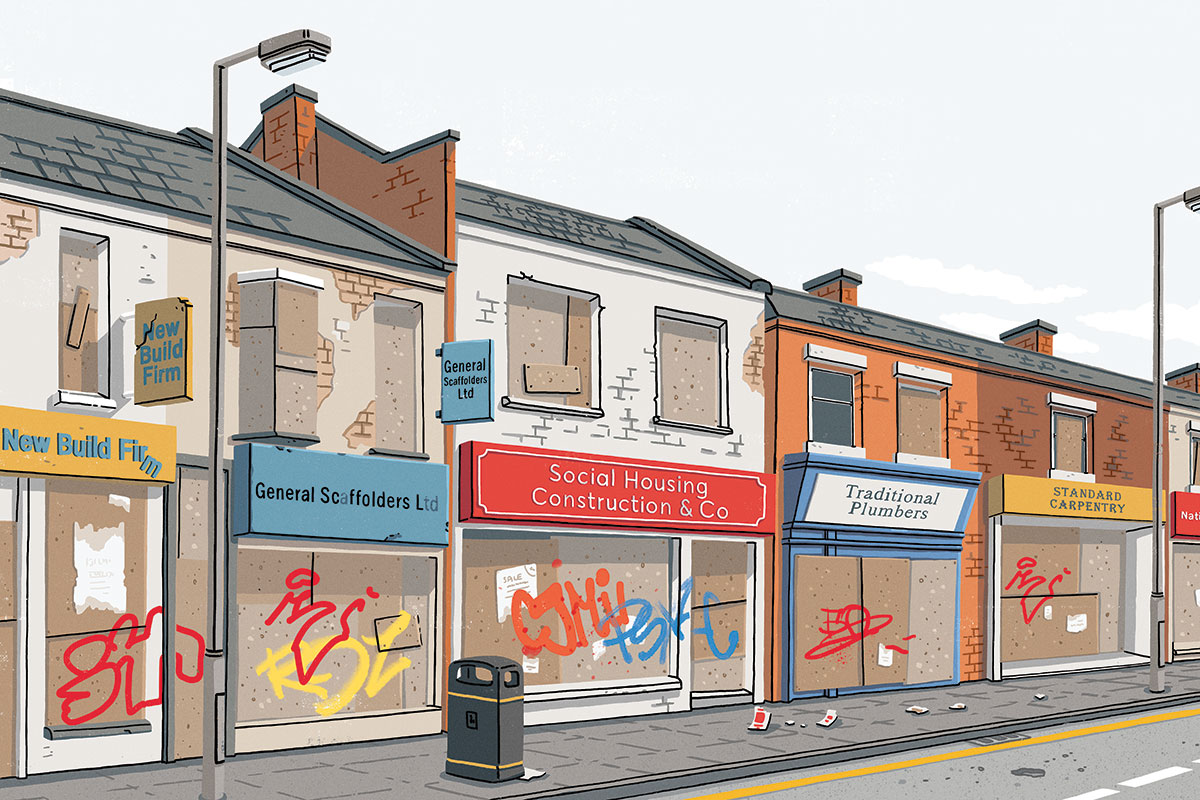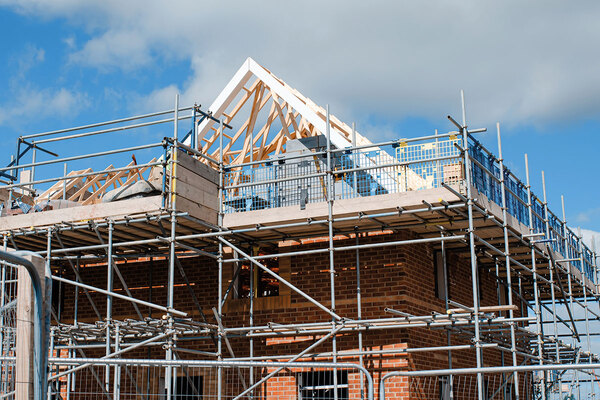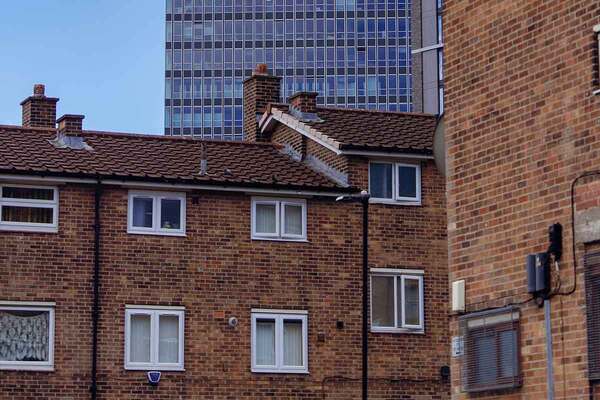You are viewing 1 of your 1 free articles
Number of house builder insolvencies up 75% this year
A total of 360 house builders went bust during the past financial year, including a record number in the first quarter of this year, according to new data obtained from the Insolvency Service.
The figures obtained under Freedom of Information legislation showed 360 insolvencies for the year up to March 2022, which is a 75% increase on the 209 recorded in 2020-21.
In the first quarter of this year alone, the number of bankruptcies surged to a record high of 117.
The analysis by accountants Price Bailey revealed that it is mostly SME house builders that are being squeezed out of the market due to a number of factors. These include increasingly restrictive planning rules and rising material, labour and energy costs, all of which disproportionately harm small builders.
At the same time, many of the UK’s large listed house builders have seen profits soar both during and after the pandemic.
In 1988, SME builders constructed 39% of new homes and by 2020 this had dropped to 10%, the research found.
Matt Howard, head of restructuring and recovery at Price Bailey, said: “Many listed house builders saw profits surge during the pandemic as buyers took advantage of low interest rates and a stamp duty holiday. Their success has masked growing financial distress among smaller house builders.
“Many house builders are tied into fixed price contracts, which quickly become under-priced as inflation eats away at margins.
“This has become an acute problem over the past year as construction cost inflation has risen sharply, making many contracts unviable. Larger builders with multiple sites can offset losses from under-priced developments, but small house builders with a single site may have no option but to deliver houses at a loss.”
Price Bailey also highlighted the impact of nutrient neutrality guidance issued by Natural England in March 2022.
The advice aims to reduce adverse impacts to protected wetland habitats resulting from nutrient enrichment caused by construction activity.
Inside Housing reported in June that around 120,000 new homes are being delayed by the rules.
Mr Howard added: “Smaller builders find it harder to navigate the growing risk and complexity of the planning system. The nutrient neutrality requirements are yet another obstacle which disproportionately hinders smaller builders.
“Listed builders are generally able to mitigate planning risk across multiple sites, but when smaller builders encounter planning delays on one or two sites, it can mean the difference between a year of growth and a year of contraction.”
Mr Howard called on local authorities to do more to work with small builders so that small plots of land can be identified, developed and quickly brought to market.
Sign up for our development and finance newsletter
Already have an account? Click here to manage your newsletters












